In the landscape of Massively Multiplayer Online Role-Playing Games (MMORPGs), the tactical elements known as Damage over Time (DoTs) and Healing over Time (HoTs) have become staple components essential to the strategic depth and longevity of gameplay within this genre. These mechanics fundamentally help a sequence of hits or healing pulses over a while, contrasting with the immediacy of direct damage or healing spells.
- When did the DoT concept appear?
- How do DoTs and HoTs impact WoW’s gameplay?
- Why this article will be helpful for you?
What is DoT in World of Warcraft?
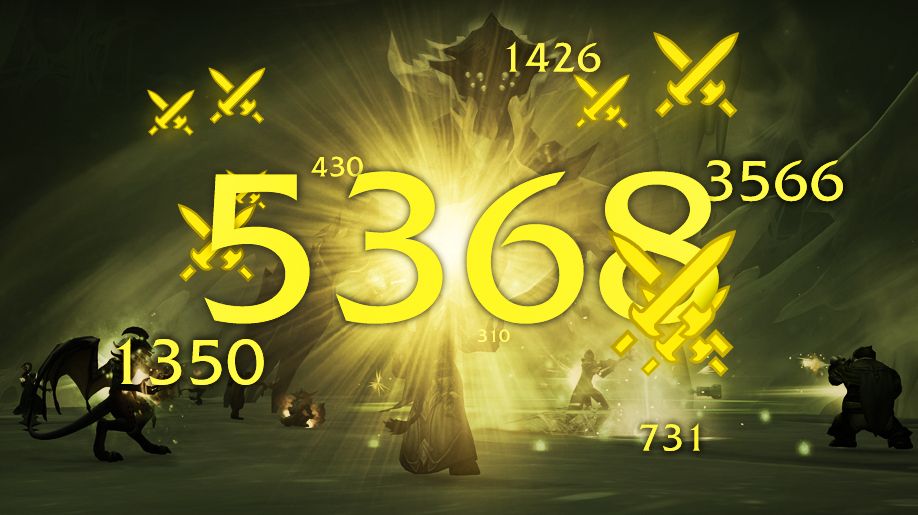
In World of Warcraft, a DoT, or Damage over Time, refers to an effect that gradually depletes a target’s health over a specified period rather than causing a single, immediate hit. This mechanic adds a layer of complexity to combat, allowing players to apply a debuff to enemies that inflict damage at regular intervals. The strategic use of DoTs can be likened to a chess game where foresight is key; a player must anticipate the moves ahead, understanding that the full effect of their actions will unfold over time.
Typically, each instance of damage, known as a ‘tick,’ inflicts a consistent amount of harm. However, certain spells and abilities are designed so that the damage escalates with each subsequent tick, potentially leading to the final tick inflicting significantly more damage than the initial one.
Haste is a crucial attribute for classes that rely on DoT abilities, as it can increase the frequency of damage ticks. A higher Haste rating means that more damage can be dealt within the same duration, effectively squeezing in extra ticks of damage and enhancing overall output.
It’s important to note that debuff effects can disrupt more than just an enemy’s health pool. They interrupt actions such as healing, crafting, and even fishing due to their periodic damage. To counteract the debuff effects on oneself, players can use specific items or abilities to remove or ‘dispel‘ the DoT rather than opting for healing immediately.
Classes that use DoT spells in WoW
Various classes employ DoT effects as a core aspect of their gameplay. Notably, Shadow Priests and Affliction Warlocks are classes deeply reliant on DoT strategies. Shadow Priests wield abilities like Vampiric Touch and Shadow Word: Pain to damage opponents over time, while Affliction Warlocks use spells such as Corruption, Agony, and Unstable Affliction to progressively weaken enemies.

- Blood Plague: Caused by using abilities such as Blood Boil when you have the talent that infuses your blood plague with additional effects, this is a disease that deals damage over time and can be spread to other enemies.
- Unholy Knights deal damage over time through diseases and festering wounds.
- Virulent Plague: A powerful disease applied by Outbreak, which deals damage over time to the target and can burst for additional damage upon ending or when dispelled.
- Festering Wound: Applied by Festering Strike, which deals damage when burst by Scourge Strike or its AoE counterpart, Clawing Shadows.
- Death and Decay: While not a traditional DoT, when standing in the area of Death and Decay, Scourge Strike turns into an ability that hits all enemies within the area, effectively causing a DoT-like effect if multiple enemies are within the zone.

- Immolation Aura: Engulfs the Demon Hunter in flames that damage nearby enemies instantly and continue to deal fire damage every second for a short duration to all nearby enemies.
- Burn: Certain talents or artifact traits (when they were part of the game mechanics) could cause other abilities to apply a Burn DoT effect.
- Sigil of Flame: Places a sigil on the ground that activates after a short delay, dealing fire damage and an additional fire DoT to all enemies caught in it.

- Moonfire: Burns the enemy for Arcane damage and then additional damage over time.
- Sunfire: Burns the enemy for Nature damage and then additional damage over time to the primary target and all enemies within 5 yards.
- Stellar Flare (Talent): Burns the target for a significant amount of Astral damage and additional damage over time. This spell benefits from both Solar and Lunar Eclipses, increasing its damage.
- Rip: Finishing move that causes Bleed damage over time to the enemy. Damage varies based on combo points used.
- Rake: Rakes the target for Bleed damage and additional Bleed damage over time.
- Thrash (Feral and Guardian): Strikes all nearby enemies, dealing immediate physical damage and Bleed damage over time.





- Shadow Word: Pain: Inflicts the target with a word of darkness that causes Shadow damage over time.
- Vampiric Touch: A touch of darkness that causes Shadow damage over time to the target and heals the priest for a portion of that damage.
- Devouring Plague: Afflicts the target with a disease that causes Shadow damage over a short period. This ability consumes insanity, which is a unique resource for Shadow Priests.
- Mind Flay (While in Voidform): Not a traditional DoT, Mind Flay turns into Mind Sear when the priest is in Voidform, damaging the target and all nearby enemies, acting like a DoT when channeled on multiple targets.

- Purge the Wicked (Talent): Cleanses the target with fire, causing initial damage and then additional Fire damage over time. Spreads to a nearby enemy when the target dies or when the priest uses Penance on the target.
- Shadow Word: Pain: Although less emphasized in Discipline than in Shadow, this ability is still part of the Discipline Priest’s toolkit for dealing sustained damage and activating the Atonement effect.





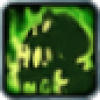
- Agony: Inflicts increasing agony on the target, causing increasing Shadow damage over time. The damage starts low and grows over the duration.
- Corruption: Corrupts the target, causing Shadow damage over time.
- Siphon Life (Talent): Siphons the target’s life essence, dealing Shadow damage over time and healing the Warlock.
- Unstable Affliction: Afflicts the target with a Shadow energy that causes damage over time. The caster receives some of the damage done as health.
- Seed of Corruption: Embeds a demon seed in the enemy target that will explode after a short duration, dealing Shadow damage to all enemies within 10 yards and applying Corruption to them if the target dies with Seed of Corruption active.
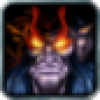
- Doom (Talent): Inflicts impending doom upon the target, causing Shadow damage after some time has passed.
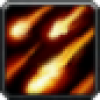
- Immolate: Burns the enemy, causing immediate Fire damage and additional Fire damage over time.
- Roaring Blaze (Talent): A passive talent that causes your periodic Immolate damage to have a chance to increase the initial damage of your next Incinerate on the target.
What is HoT in World of Warcraft?
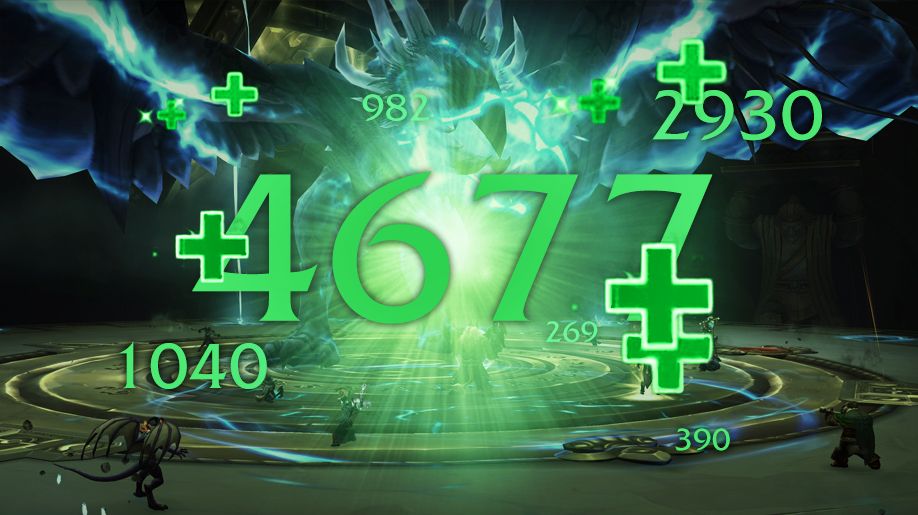
World of Warcraft DoT and HoT Mechanics
By understanding these core aspects, players can more effectively plan their attack strategies, maximize damage or healing output, and better contribute to their team’s success in PvE and PvP content.
How do DoT Refreshing Effects work?
Refreshing DoTs and HoTs can indeed be perplexing. Consider this scenario: if a 15-second DoT is reapplied 5 seconds in, what’s the outcome? Additionally, with variables like haste influencing these mechanics, questions arise about whether it shortens the DoT’s duration or the interval between ticks.
- Restart: Applying the DoT/HoT anew completely overrides the previous one.
- Legacy: The next tick follows as scheduled, and then the effect’s duration is extended accordingly.
- 30% Rule (Pandemic): When reapplied, up to 30% of the original duration, or what remains of it, is tacked on to the new duration.
- Extend: This simply adds the new duration on top of what’s left of the current one, elongating the effect.
Stats to Consider

- Haste: This stat is essential for both DoT and HoT abilities, as it reduces the time between ticks, allowing more instances of damage or healing within the same duration. For DoTs, this means increased damage output, and for HoTs, more frequent healing pulses.
- Mastery: For certain classes, Mastery can enhance the effectiveness of DoT and HoT spells. For example, a Restoration Druid’s Mastery increases the potency of healing for each active HoT on a target.
- Critical Strike: The chance for DoT or HoT ticks to hit critically, dealing double damage or healing, can be a significant contributor to a class’s overall performance.
- Versatility: This straightforward stat increases the damage or healing done by your abilities, including DoT and HoT effects, and reduces damage taken.
Timings to Consider
- DoT/HoT Duration and Refreshing: Knowing the exact duration of your effects is crucial for maintaining close to 100% uptime without wasting resources by refreshing too early.
- Interval: The frequency at which the effect ‘ticks’ or applies its damage or healing.
- Debuff Slots (Classic WoW Consideration): In certain versions of the game, like WoW Classic, there is a limit on how many debuffs a single target can have, so knowing which DoTs to prioritize is key.
- Pandemic Mechanic: In Retail WoW, you can refresh a DoT when it has less than 30% of its duration left and add that remaining time (up to a certain limit) to the new duration, optimizing damage.
Addons for Monitoring
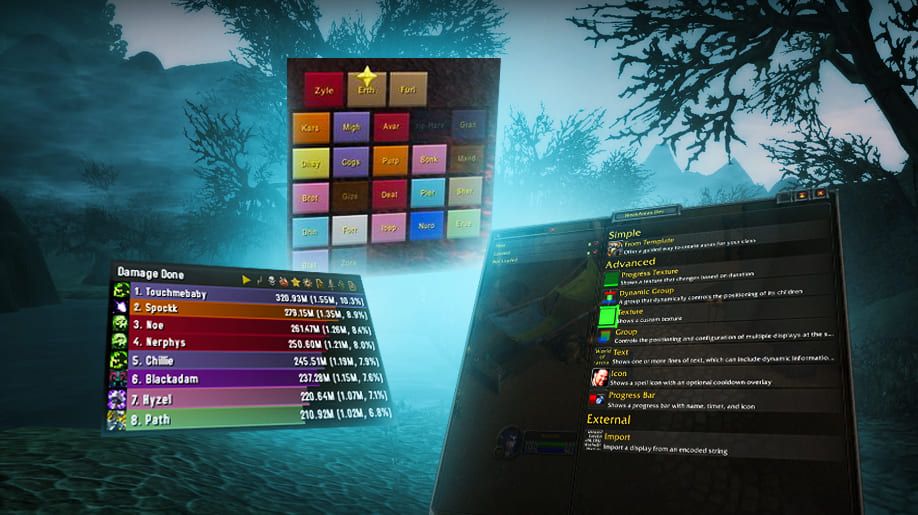
Several addons can assist in monitoring DoT and HoT effects, making it easier to manage their applications and durations:
- WeakAuras: Highly customizable and can be configured to track virtually anything in the game, including the precise timing of your DoT and HoT abilities.
- TellMeWhen: Similar to WeakAuras, this addon provides visual alerts for cooldowns, buffs, debuffs, and more.
- ElvUI: While primarily a complete UI replacement, it has strong built-in features for tracking buffs and debuffs.
- Grid2 / VuhDo (for Healers): These addons are more healer-oriented for tracking HoTs on multiple targets in a raid environment.
- Details! Damage Meter: A comprehensive addon that, among other things, can track the uptime and effectiveness of your DoT and HoT abilities.
- Raven: Specifically designed for buff and debuff tracking, it’s quite user-friendly and offers a lot of out-of-the-box functionality.






Comments: